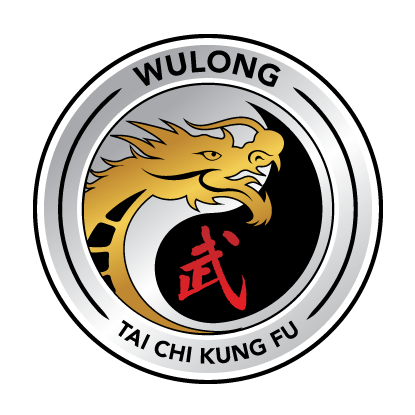Tai Chi
WHAT IS TAI CHI?
Taichi, also known as Taijiquan (太极拳), is a form of Chinese Martial Art that has been practiced in China for both its self-defence training and health benefits since the 16th Century.
Although it is a branch of the Chinese Martial Arts (Wushu 武术), taichi is primarily practiced for well-being including the prevention or improvement of illness and disease, and the stresses and strains of modern living.
Taichi training usually involves several elements including Neigong (內功; breathing exercises, meditation and internal skills), Taolu (套路; forms training with both weapons and bare-hand), Sanshou (散打; self-defence techniques), and Tuishou (推手; Push Hands).
benefits
Physical
The slow and gentle taichi movements promote harmony in mind and body, improve strength, control, flexibility, mobility and falls prevention. There are many positive studies linking Taichi to benefits for heart disease, hypertension, diabetes, arthritis, asthma, stroke, musculoskeletal conditions, cancer recovery, improved immune system and reduced pain.
Tai chi:
can be practiced by people of all ages and fitness levels
promotes correct body posture and balance
is a low impact exercise
can help relieve joint pain and stiffness
integrates the body and mind
uses gentle and circular movements
is relaxing and enjoyable.
Mental
The practice of Taichi creates a meditative and calm mind that reduces stress, anxiety and depression. Taichi also improves concentration and memory function - cognitive function - in practitioners.
Martial Art
Taichi as a martial art improves confidence and self awareness. It provides opportunities for increased self control, emotional regulation, self development and leadership. In the group learning environment there is a social benefit from group practice - community connection, common goals, mutual support and encouragement.
Recommended Exercise
The gentle low impact nature of Tai Chi is suitable for all age groups and fitness levels. Taichi exercise can be practiced and studied at any age. It is recommended by many organisations such as Musculoskeletal Australia (MSK) for people with arthritis and other musculoskeletal conditions.
TAICHI STYLES
Due to its diverse history, there are many taichi training forms and practices, both traditional and modern taichi. However, there are six accepted Taichi styles in the modern lexicon:
Yang style (楊氏)
Chen style (陳氏)
Wu style (陳氏)
Wu (Hao) style (吳氏)
Sun style (孫氏)
Dong Yue style (東岳)
Yang style is the most popular taichi style and the one you are most likely to have seen being practised.
TAICHI WEAPONS
Taichi also practices with weapons, these are seen as an extension of the body. Training with weapons help increase focus and physical abilities. Common Taichi weapons include, but not limited to:
Jian (劍; sword)
Shan (扇; fan)
Dao (刀; sabre)
Gun (棍; short staff)
Qiang (槍; spear)



